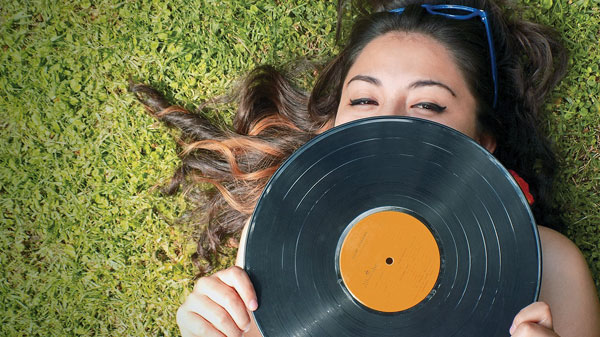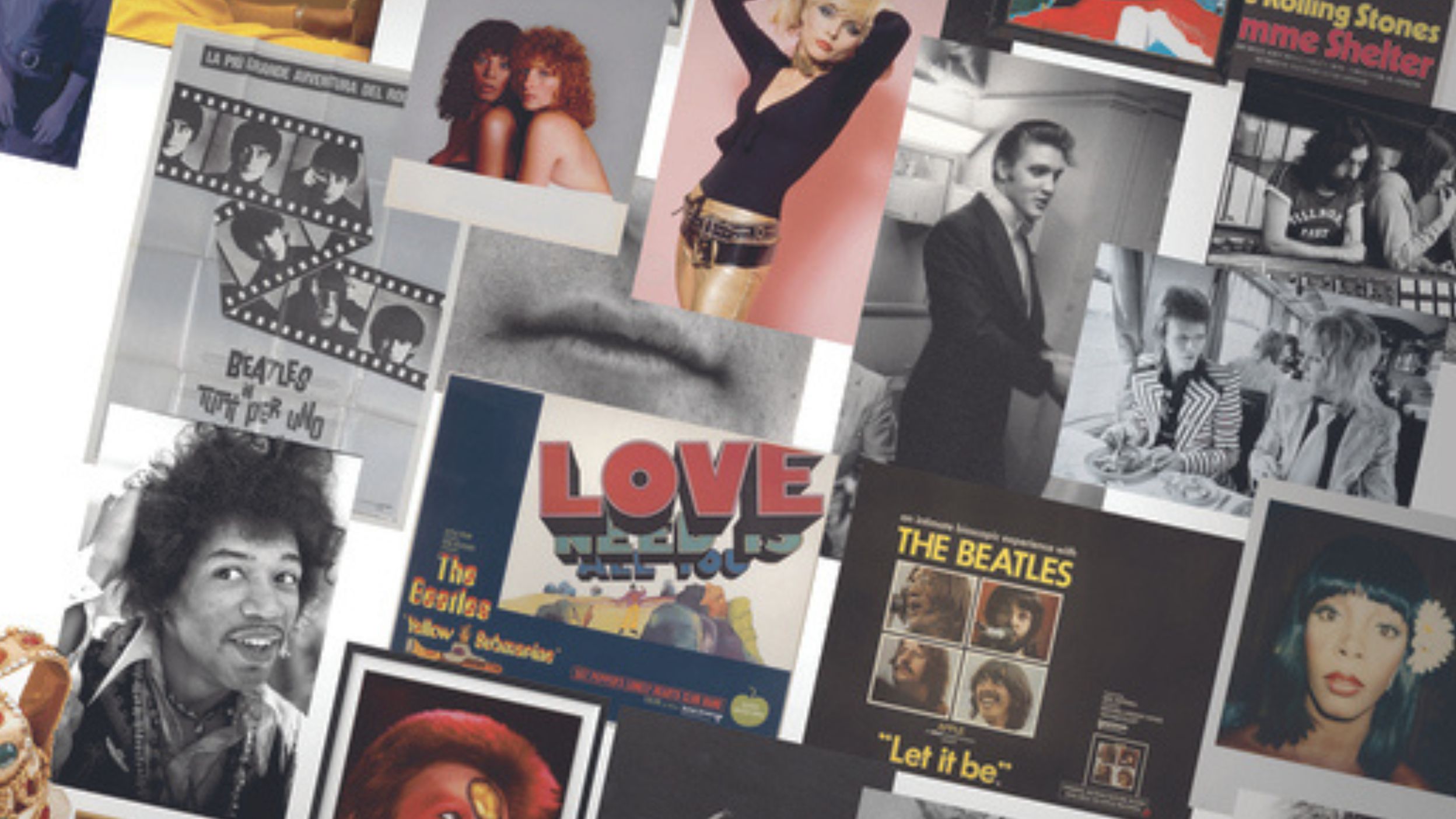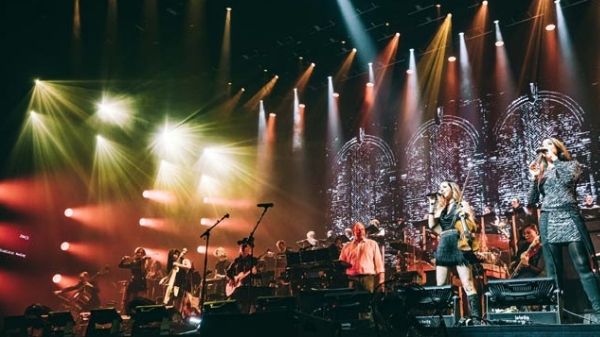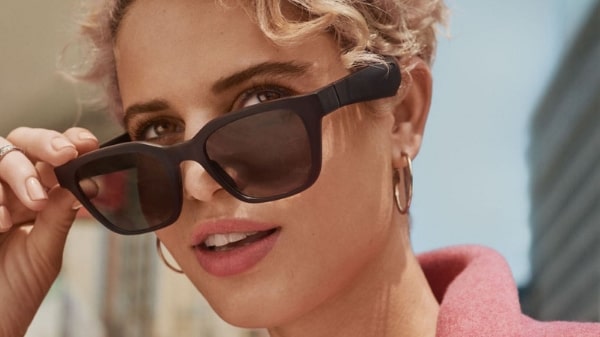
And Vinylly… Vinyl resurgence is definitely a thing, but for how long?
When thinking of vinyl records, one might be forgiven for conjuring loon-panted leggy lovelies belting out 1970s disco classics. Images of contemporary condos and expansively-moustachioed millennials, however, would not necessarily spring to mind. And yet, in the comeback of the century, vinyl resurgence is now clearly a thing.

Since 2009, demand for this once-obsolete format has surged by 260 percent. Acts that once shunned – or even emerged well after the heyday of – this analogue audio system are now dissing digital and watching sales of their retro-style records rise.
Vinyl was first dreamt up by Thomas Edison, who unveiled a rudimentary, tinfoil-covered metal cylinder prototype back in 1877. Then, in 1894, Emile Berliner, a well-known German-American inventor, devised its current flat, black disc format and introduced the gramophone, which soon became the almost universally-adopted means of playing them well into the 20th century.

It was then that the reputedly-indestructible CD made its debut. Launched in 1982, sales of this digital upstart eclipsed the demand for vinyl within a decade, with the format all but vanishing from record stores.
Yet, the medium never entirely went away, although it did pretty much exit mainstream use in succeeding decades. From the early 1990s until only two or three years ago, it was solely championed by the more eccentric audiophiles, those who maintained that Pink Floyd’s Dark Side of the Moon – among many others – lost something intangible in the analogue-to-digital transition.

Until recently, the death of vinyl was pretty much a statistical fact. Back in 2007, for instance, only 0.2 percent of all US music purchases were vinyl-related. By 2016, though, something strange was clearly afoot, with the vinyl resurgence evident in the fact that it now represents 11 percent of US music purchases. This equated to 12 million records, the highest volume of vinyl purchases for more than a quarter of a century.
Significantly, this is no incidence of mass nostalgia, with many of these latter-day vinyl purchasers not even born during the glory days of the format. According to a recent survey by eBay, one in four 18-24-year-olds in the US has bought a vinyl record in the last 12 months, with many claiming to buy a new vinyl LP (long-player) every month.

Tellingly, the vinyl resurgence comes after the demise of the format that superseded it, with digital downloads and music streaming services having put paid to the CD’s brief dominance of the sector. Indeed, taking a more cynical look at the music industry, the vinyl audio experience is the only medium that cannot be instantly recreated using current technology.
Put simply, nurturing the idea that vinyl offers a unique listening experience is something of a life-line for the music industry, given that comparatively few listeners pay for new albums, largely because illicit and free downloads are so ubiquitous and far too widespread for any clampdown to become genuinely effective.

And yet, despite the vast amount of newsprint and screen space devoted to the vinyl revival over recent years, no one seems entirely sure exactly why the format is back in favour. For most, it is more of a technical/experiential thing.
Others, though, see the renewed popularity of the format relating to far more than just perceived musical quality. Indeed, the owner of one Detroit record store expressed the feelings of many when he said: “It’s more of an experience. You can hold a record in your hand. You can read the lyrics. You can look at the artwork.”

Cover artwork is surprisingly frequently cited as a factor in the renewed popularity of the LP. Indeed, this particular manifestation of pop culture was every bit as curtailed by the emergence of digital music formats as was vinyl itself.
While the glory days of vinyl left a legacy of album covers that still permeate popular culture – The Beatles’ Sergeant Pepper and Pink Floyd’s Dark Side of the Moon to name but two – the digital era has created few equivalents. It is perhaps fitting, then, that a number of latter-day vinyl purchasers concede they make their selection as much on aesthetic grounds as on audio considerations.
So, a symptom of disconnected youth, a cash-starved industry conspiracy, the pursuit of audio excellence, the hankering for a lost art form or an indulgence on the part of hipster show-offs? While all of them have probably played a part in the vinyl resurgence, not all of them are likely to equally sustain it. It will be a few years yet before we can be sure that the long-player plays on and that the last few years have not just been a vinyl lap of honour.
Text: Tenzing Thondup







